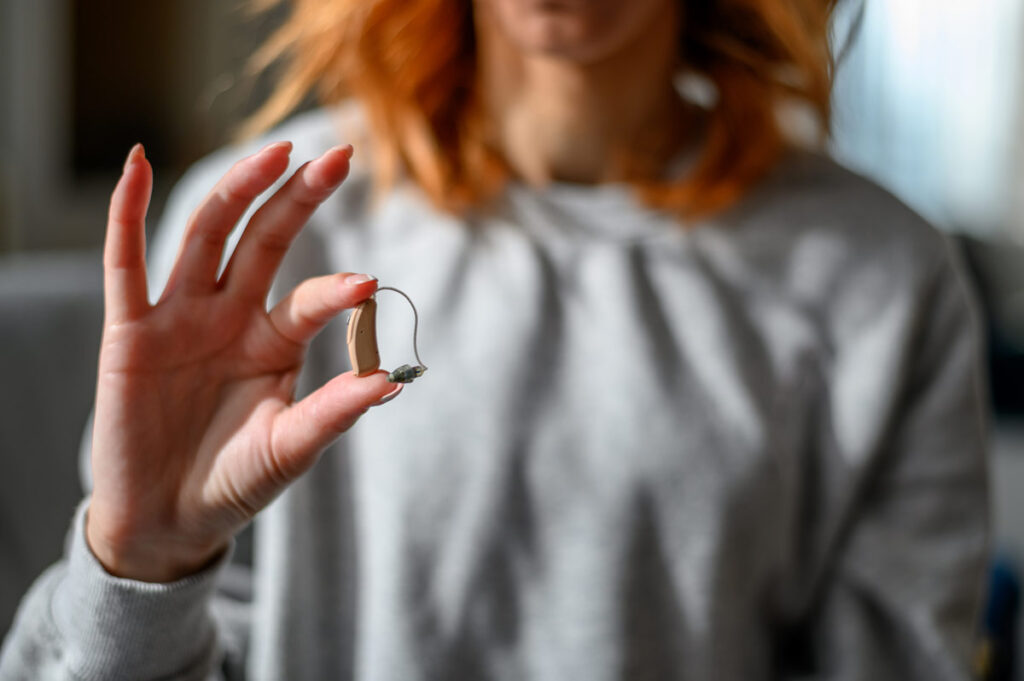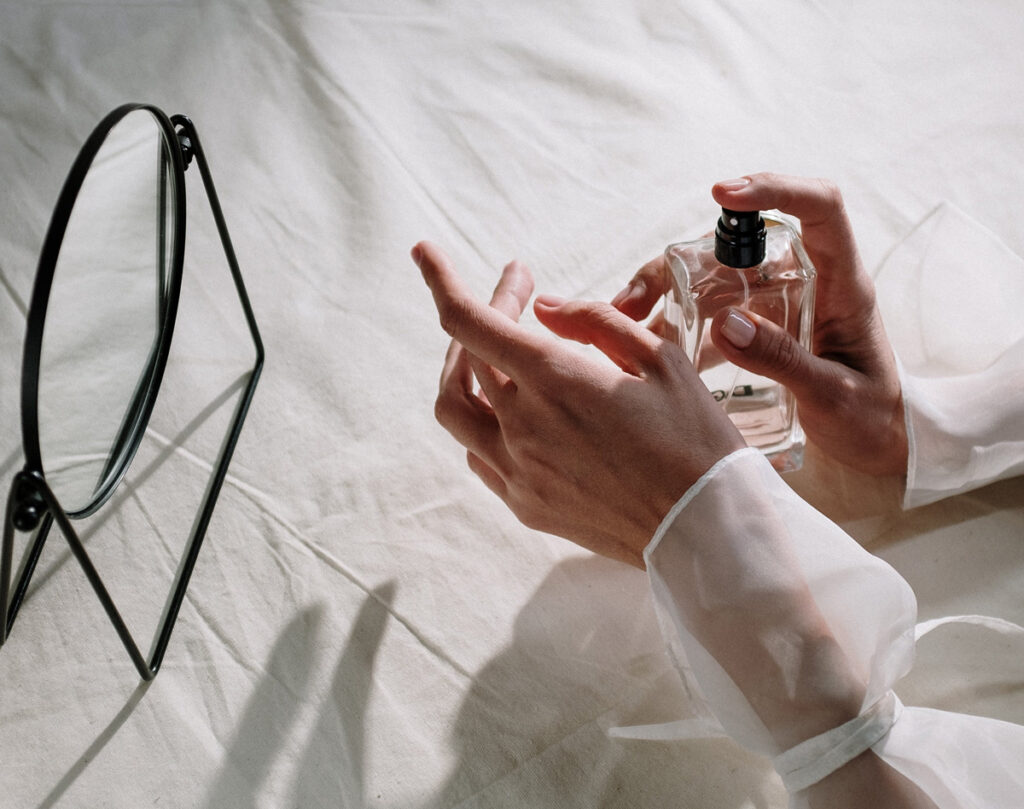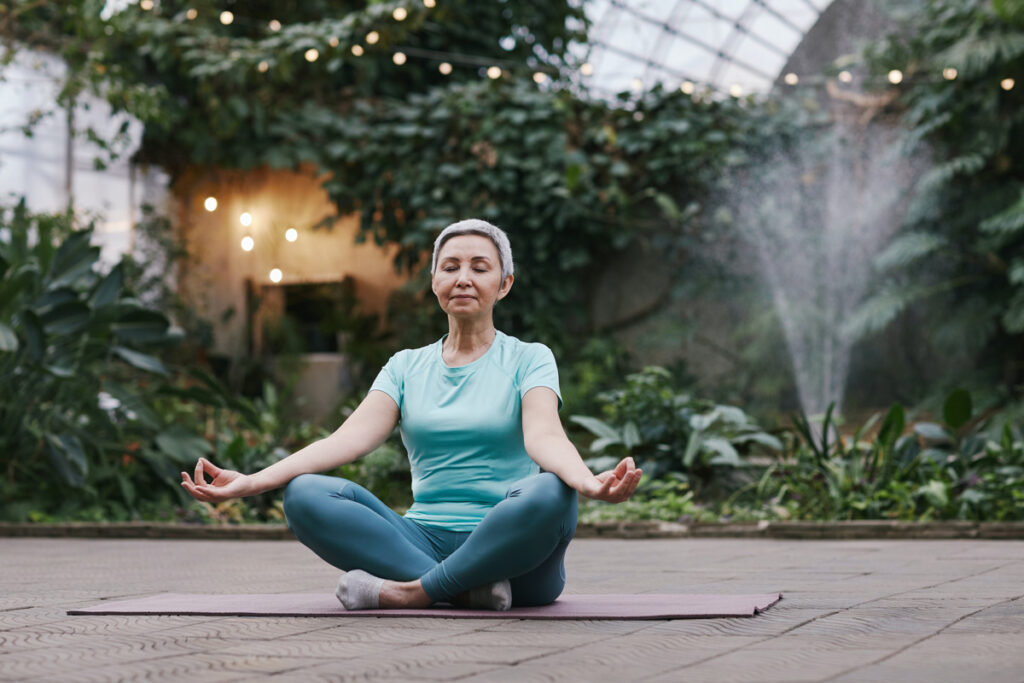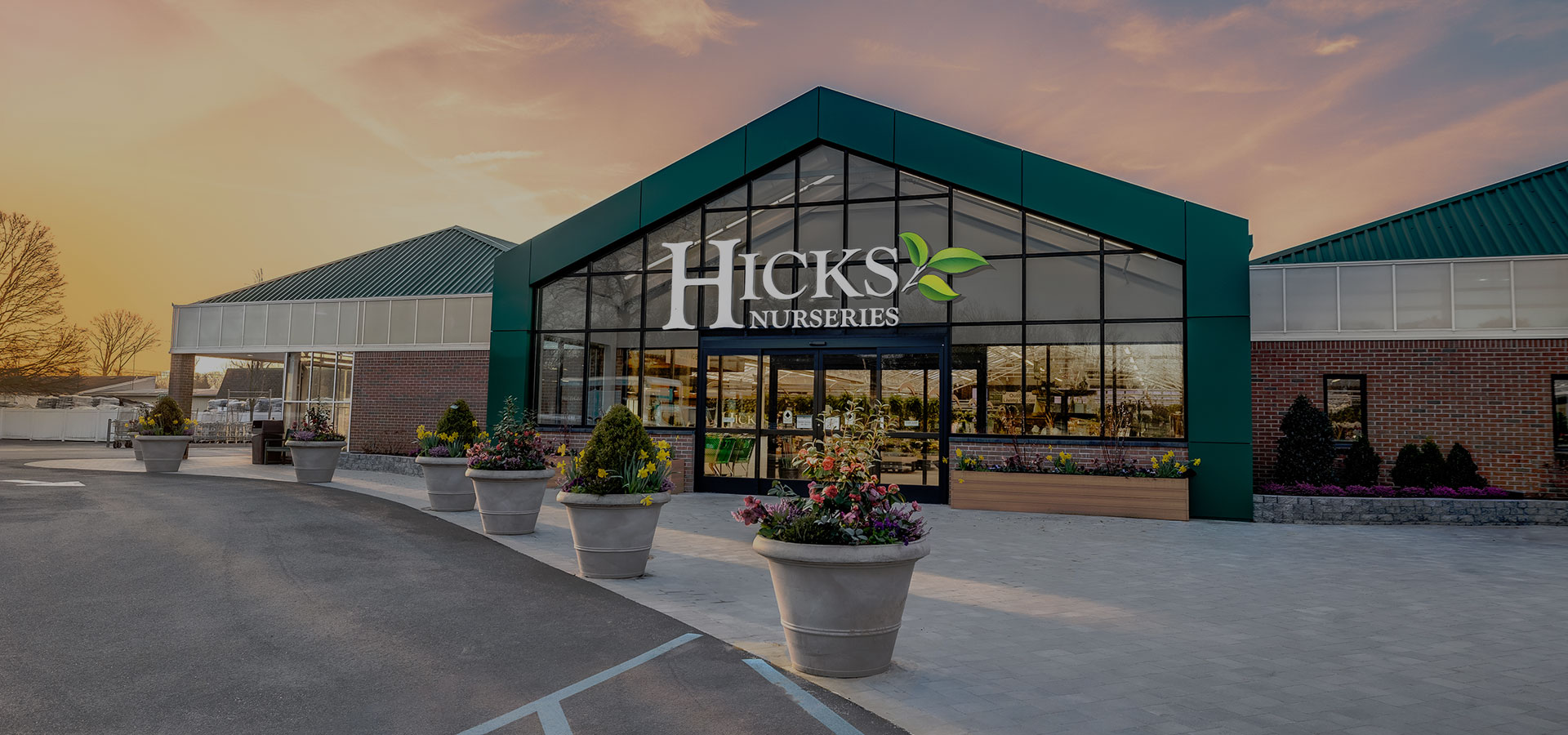Everyone wants a piece of the wellness pie, which isn’t entirely surprising considering that global wellness market growth shows no signs of stopping. The Global Wellness Institute valued the wellness market at $4.9 trillion in 2019. By 2025, that number is projected to grow to $7 trillion.
A McKinsey & Company survey took a closer look at wellness spending by category, comparing how much consumers spend on products that focus on sleep, mindfulness, nutrition, fitness, appearance and health. The survey found that consumers spent the most money on products and services that promote better health. Yet those products go beyond medicine and supplements.
The health and wellness industry brims with the promise of endless opportunities, extending an invitation to industries far beyond its traditional boundaries. While the beauty industry was among the first to take an interest in the wellness revolution as self-care became an important component of physical, mental, and emotional health, many other industries have followed suit.
How are tech, hospitality, luxury brands, and more crossing over into wellness and finding success? The answer begins with shifting from conventional to innovative.

Tech Brands: Transforming Health
When you think about where to get a hearing aid, the first place that comes to mind might not be the same store where you’d purchase a television or household appliance. However, in an ever-evolving retail landscape, unconventional transformations are becoming the new norm, and Best Buy is a prime example of this dynamic shift.
The well-known electronics retail giant is diversifying its portfolio by extending what the store offers far beyond the world of traditional consumer electronics. While the company is famous for its wide selection of gadgets and home appliances, it has made strategic moves into the realm of healthcare services by offering wellness technology to customers who have hearing loss.
Earlier this year, Best Buy announced that an additional 300 stores would offer hearing enhancement products by this fall, bringing the total number of stores carrying hearing devices to more than 600. The retailer has also added items like personal sound amplification products (PSAPs), TV amplifiers, and other hearing accessories.
Best Buy also joined forces with Atrium Health, part of Advocate Health, to join the hospital system’s at-home program paired with Best Buy’s technological services. The at-home program allows patients to remain in their homes but receive care for more serious conditions like heart failure, COPD, pneumonia, asthma, and certain types of infections using health monitoring devices and virtual visits with providers. Specially trained Best Buy Geek Squad representatives assist with enabling and supporting this technology in the home.
Meanwhile, earlier this year, Amazon completed a $3.5 billion acquisition of One Medical, a primary care provider. The acquisition is one of the most recent examples of how the Big Tech company has pushed into healthcare, offering members who sign up 24/7 on-demand virtual care and the ability to request prescription refills and renewals.

Luxury Brands: Elevating Wellness
Orange, lemon, mint, basil, black currant, carrot and coriander. If you expected the recipe for a green juice or smoothie, you wouldn’t be too far off base. These natural flavors frequently found at juice bars served as the inspiration for Pacific Chill, a new fragrance launched this year by Louis Vuitton.
Touted as a “wellness fragrance” because of its clean ingredients, Pacific Chill appeals to consumers who passionately scan food labels and are now extending that diligence to the luxury brands they invest in and embrace.
In a Women’s Health magazine article, Vuitton master perfumer Jacques Cavallier Belletrud says his approach stemmed from creating an experience that elicits the feeling of wellness and taking care of oneself.
Louis Vuitton isn’t the only luxury brand extending its reach into the wellness market. Gucci has collaborated with Oura Ring to create a design emblazoned with the recognizable Gucci interlocking G in 18-karat yellow gold. Yet this stylish ring does more than adorn your finger. The Oura Ring also serves as a sleep and fitness tracker that discreetly analyzes sleep patterns and then offers an optimized bedtime schedule based on your personal metrics.
The Oura Ring also offers personal insight into your daily movements, tracks bodily stress signals, and monitors your heart rate and body temperature, which can help women predict their menstrual cycles each month.
From a consumer perspective, luxury brands offer both trustworthiness and reliability. Rather than purchasing these designer items as status symbols, more consumers are embracing them with a conscientious approach.
Real Estate: Revolutionizing Home Buying
Real estate, once primarily about bedrooms, bathrooms and location, is experiencing a shift in the concept of location. While “location, location, location” has always been the mantra of the industry, that phrase is now taking on new meaning.
Known as “wellness real estate,” there is a growing trend among real estate developers to consider wellness when developing real estate projects. This niche industry is expected to have a compound annual growth rate (CAGR) of more than 21% from 2022 to 2027.
For some developers, that may mean closer proximity to places that promote wellness, including fitness centers, parks, organic farms, and healthy restaurants. For others, that may mean incorporating mixed-use zoning or inclusive designs that intentionally decrease pollution exposure, promote an active lifestyle, or encourage social interactions.
Another major health trend in wellness real estate includes redesigning senior community properties to reflect the evolving desire for age-in-place living concepts and more creative, social communities. In the United States, there are an estimated 73 million baby boomers, with 10,000 turning 65 every day.
In Austin, Texas, the Cantina Communities reflect a different attitude toward aging than the typical mega-development filled with seniors. The property is located on a refurbished farmstead and features studio spaces where seniors can hone their crafts, sustainably build homes with green spaces, and gather for coffee or to take a healthy cooking class in the community farmhouse.

Riding the Wellness Wave
As boundaries blur, it’s clear that thinking unconventionally is the key to staying ahead in the evolving wellness landscape.
According to a 2022 McKinsey & Company survey, 50% of U.S. consumers consider wellness a top priority. Health spending is projected to reach nearly $5.2 trillion nationally by 2025, according to the U.S. Centers for Medicare and Medicaid Services
Even for well-established businesses, the opportunity to grab a piece of the wellness pie is alluring. Yet to thrive in this new era, businesses must be able to adapt, innovate, and align with the shifting expectations of today’s wellness-focused consumers.





